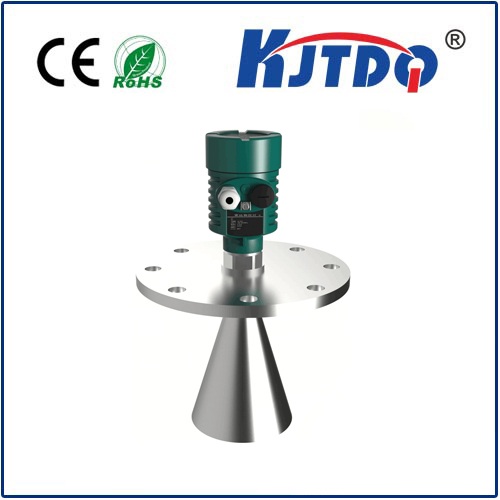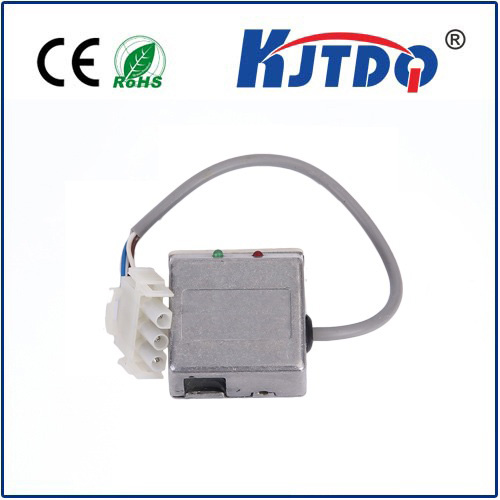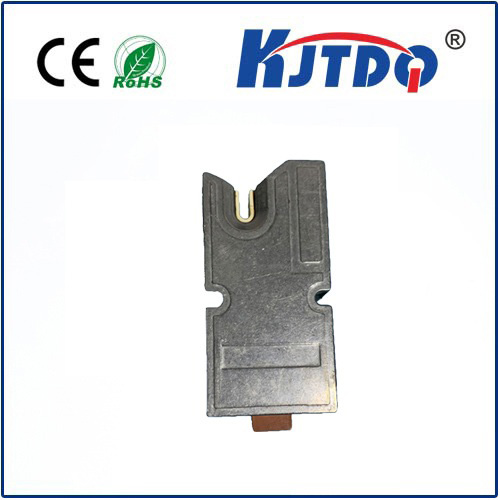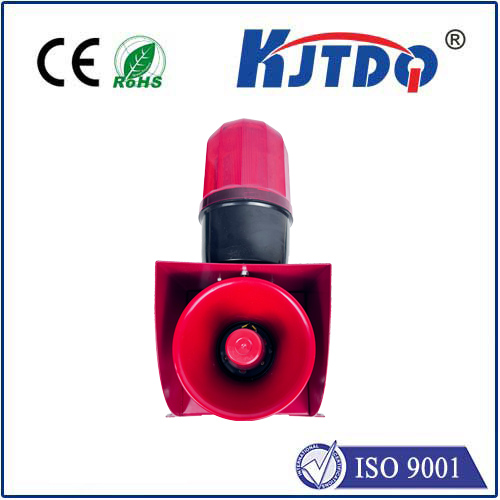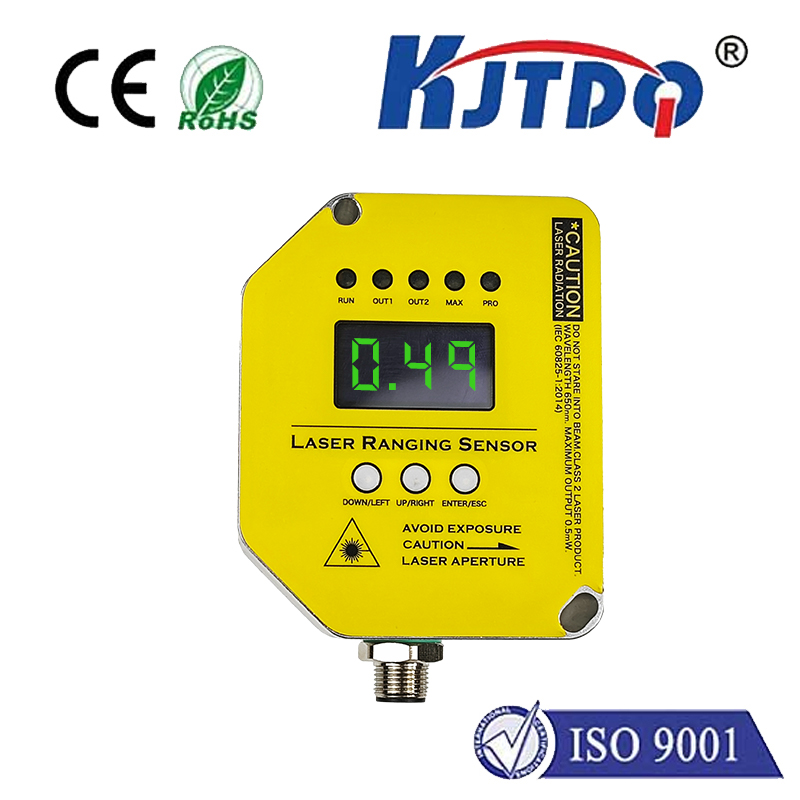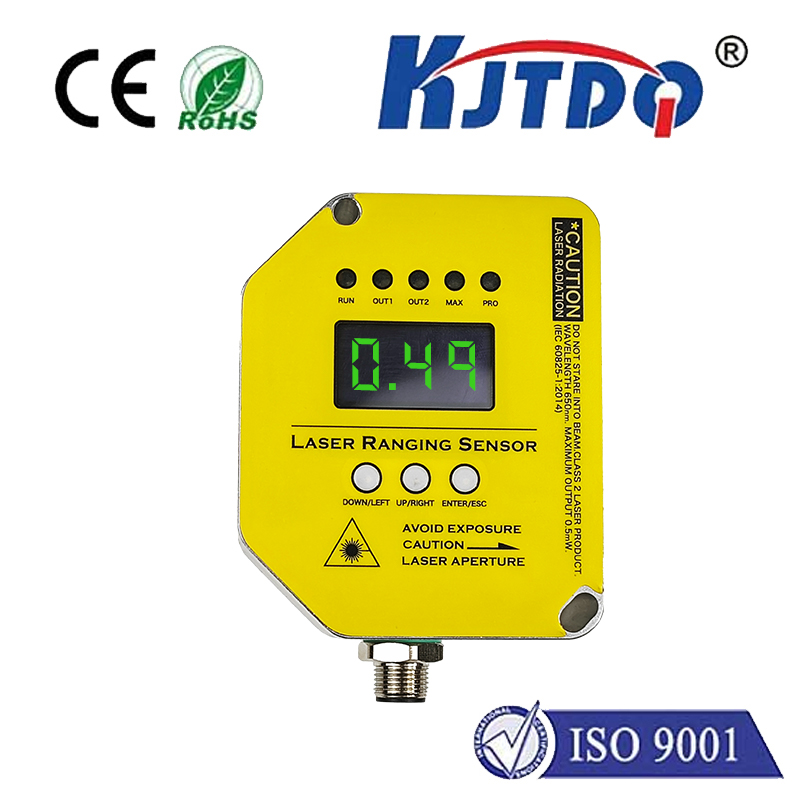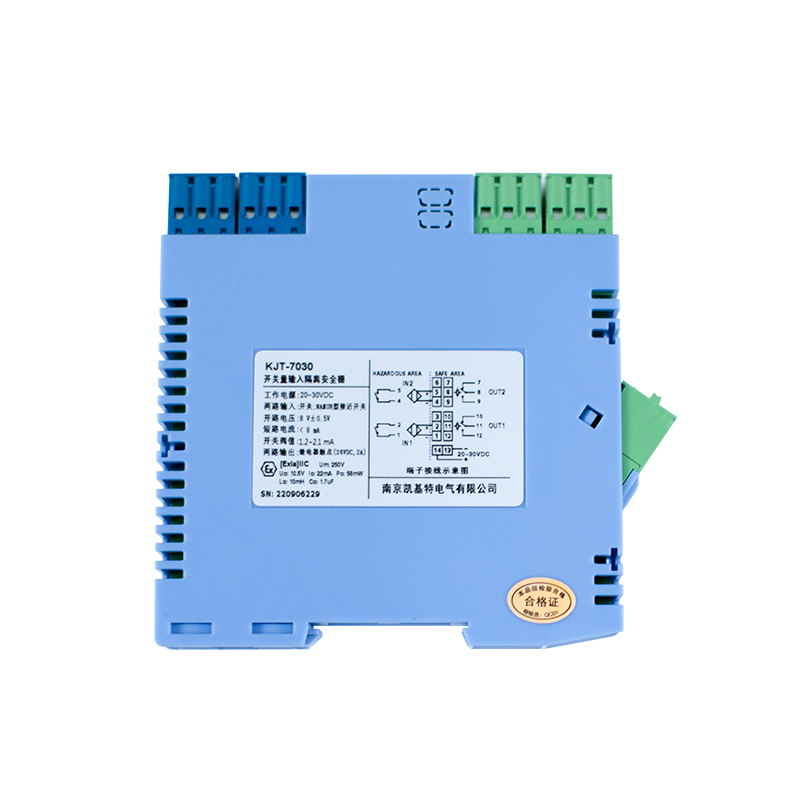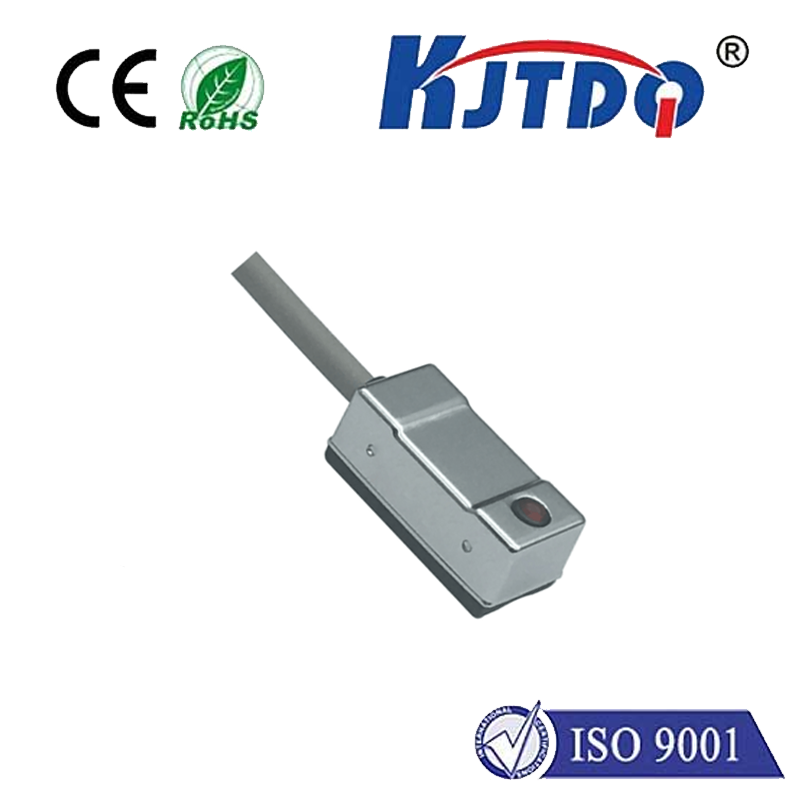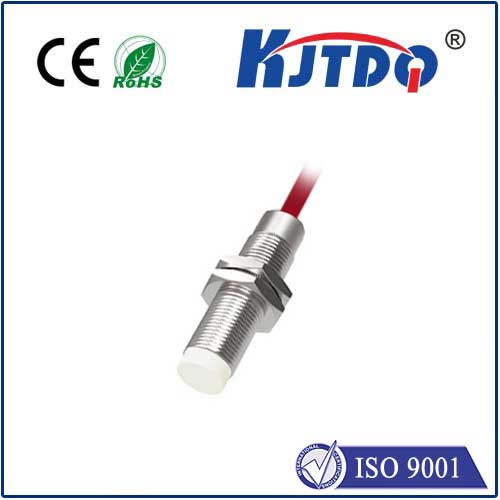
check

check

check

check
Introduction
The micro limit switch is a crucial component in many industrial and electronic devices. It is a mechanical device that detects the movement of an object and provides an indication when that movement has reached a certain limit. In this guide, we will explore the different types of micro limit switches, their applications, and how to select the right one for your specific needs.
Section 1: Types of Micro Limit Switches
Micro limit switches are available in several different designs and materials. Some of the most common types include:
1. Toggle Limit Switches: These switches consist of a simple lever mechanism that can be opened or closed by pushing or pulling on it. They are typically used for basic applications where precise positioning is not required.
2. Potentiometer Limit Switches: Similar to toggle switches, these switches use a lever mechanism to open or close. However, they have a variable resistance element built into them, which allows for more precise control over the switch's activation point.
3. Solenoid Limit Switches: These switches use a coiled metal wire to create a magnetic field that opens or closes the switch. They are often used in high-speed applications where precise timing is critical.
4. Optical Limit Switches: These switches utilize light as their primary means of communication between the switch contacts and the operator. They are generally considered to be the most reliable type of micro limit switch due to their lack of moving parts.
Section 2: Applications of Micro Limit Switches
Micro limit switches have numerous applications in various industries, including:
1. Automotive Industry: Micro limit switches are commonly used in automotive systems, such as fuel injection systems, brake systems, and transmissions. They help to ensure accurate and reliable operation of these critical components.
2. Manufacturing Industry: Micro limit switches are used in robotics, machines, and other automated manufacturing systems to provide feedback on the position and motion of parts being processed.
3. Electrical Power Distribution: Micro limit switches are used in power distribution panels to monitor the status of circuit breakers and other protective devices.
4. Medical Technology: Micro limit switches are used in medical devices, such as surgical robots and diagnostic equipment, to provide feedback on the position and motion of surgical tools during procedures.
Section 3: How to Select the Right Micro Limit Switch for Your Needs
When selecting a micro limit switch, it is important to consider factors such as the application's requirements, the environment in which the device will be used, and the desired level of precision and reliability. Some key factors to consider when selecting a micro limit switch include:
1. Operating Temperature: Different types of micro limit switches have varying operating temperatures, so it is important to choose a switch that can withstand the expected temperature range of your application.
2. Maximum Travel Distance: The maximum travel distance of a micro limit switch affects its accuracy and reliability. Make sure to select a switch with a travel distance that is appropriate for your application's requirements.
3. Actuation Force: The actuation force of a micro limit switch refers to the amount of force needed to open or close the switch. Consider your application's requirements for actuation force when selecting a switch.
Conclusion
In conclusion, micro limit switches are essential components in many industrial and electronic devices. By understanding the different types of micro limit switches and their applications, you can select the right one for your specific needs and ensure accurate and reliable operation of your system. Whether you are working in the automotive, manufacturing, electrical power distribution, or medical technology industries, a well-chosen micro limit switch can make all the difference in ensuring safe and efficient operation.
